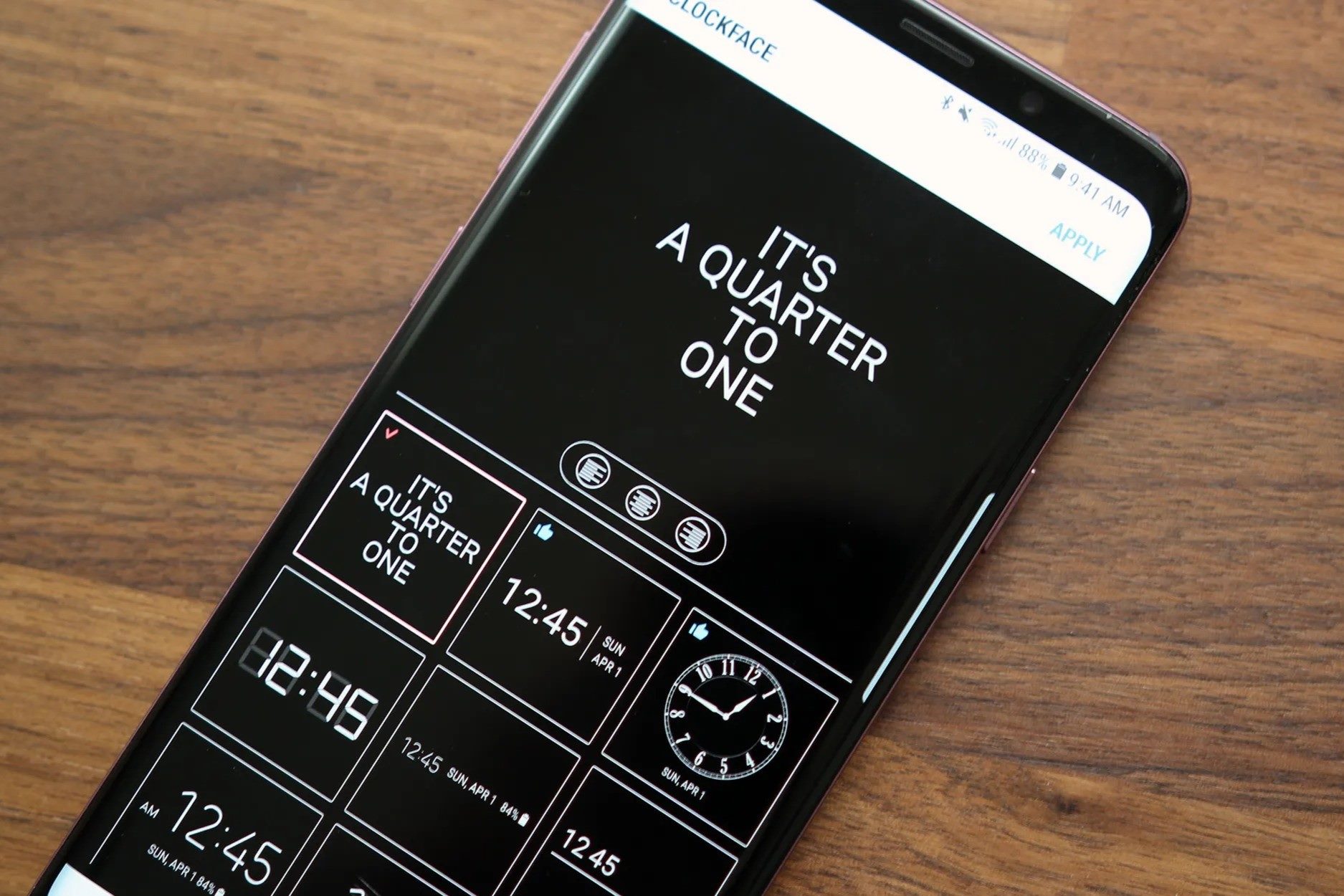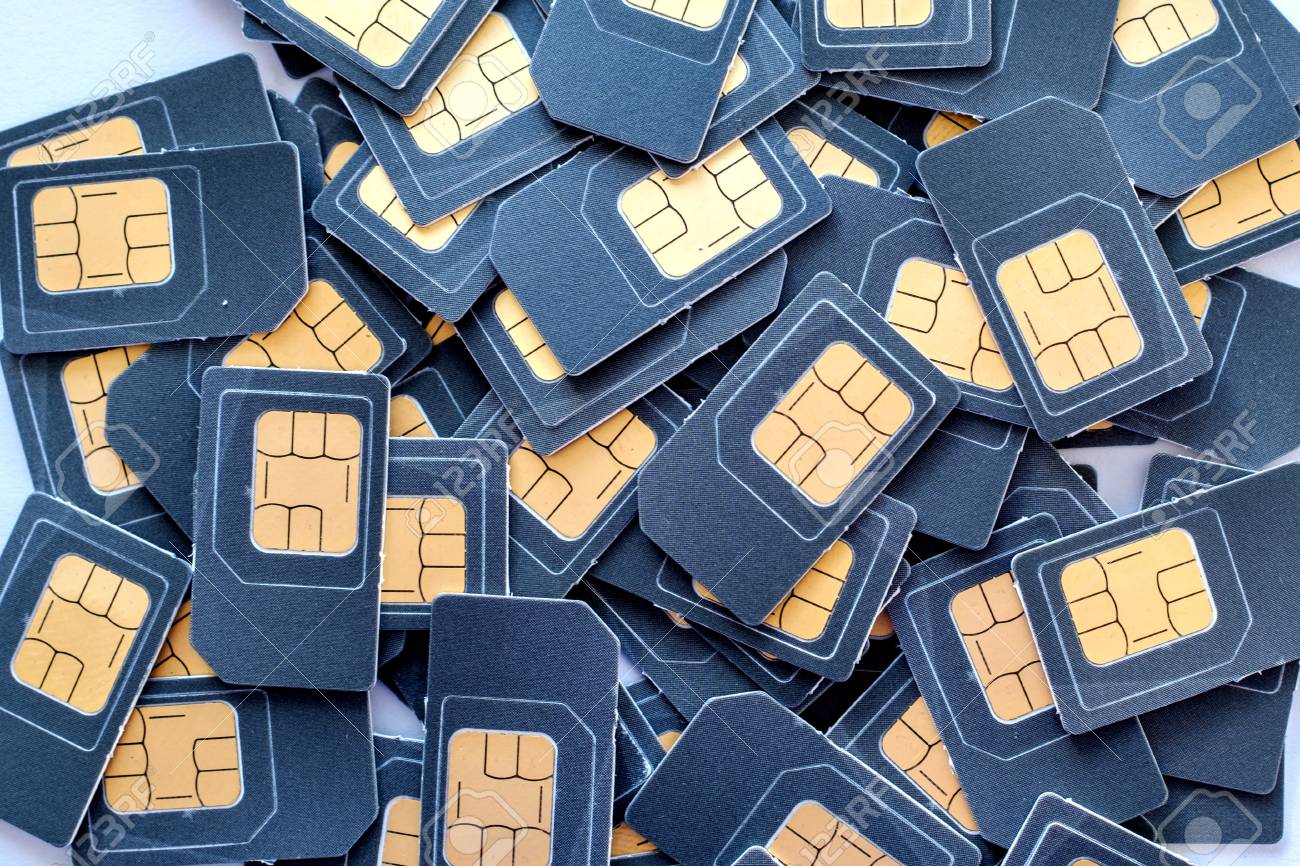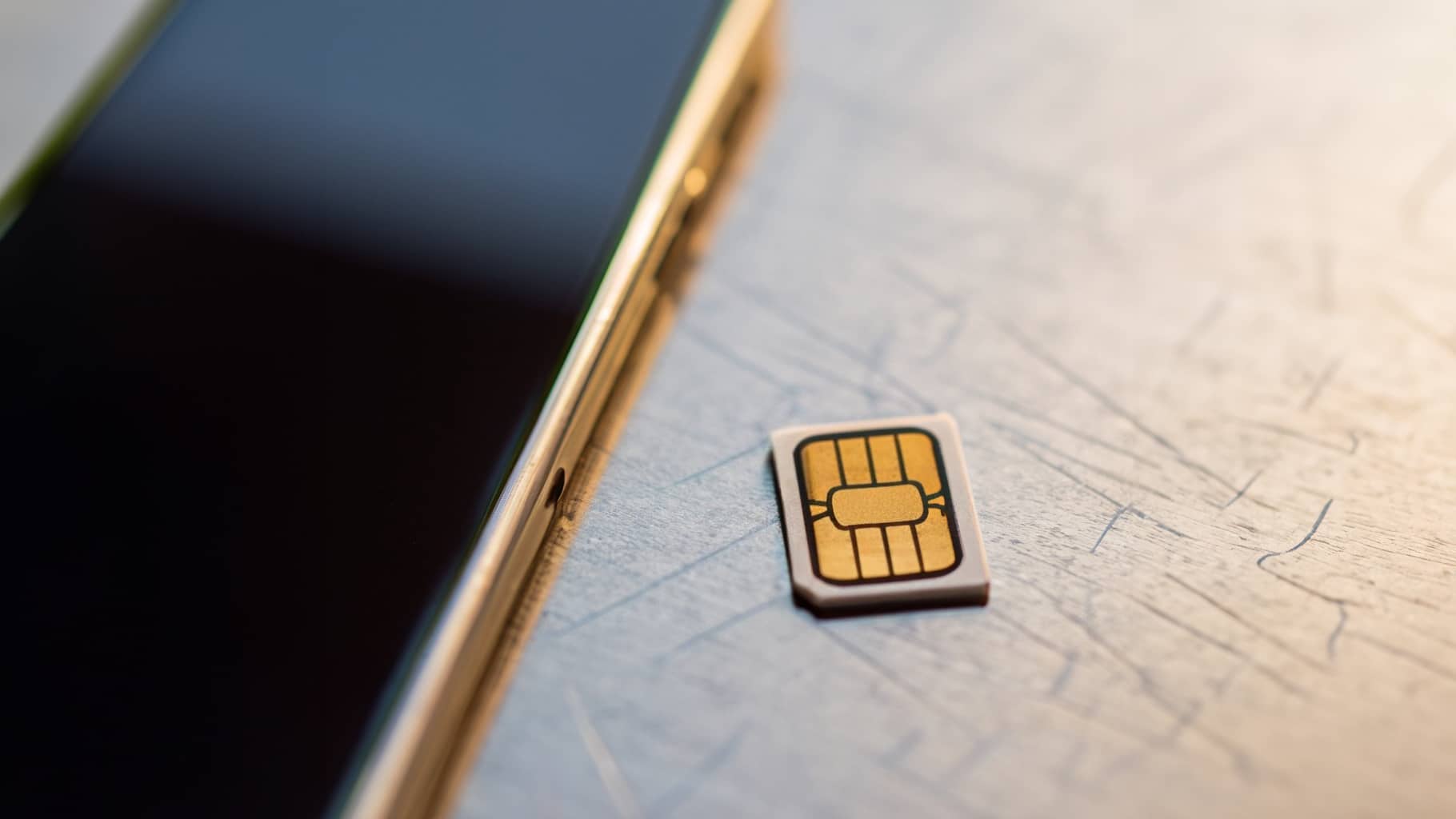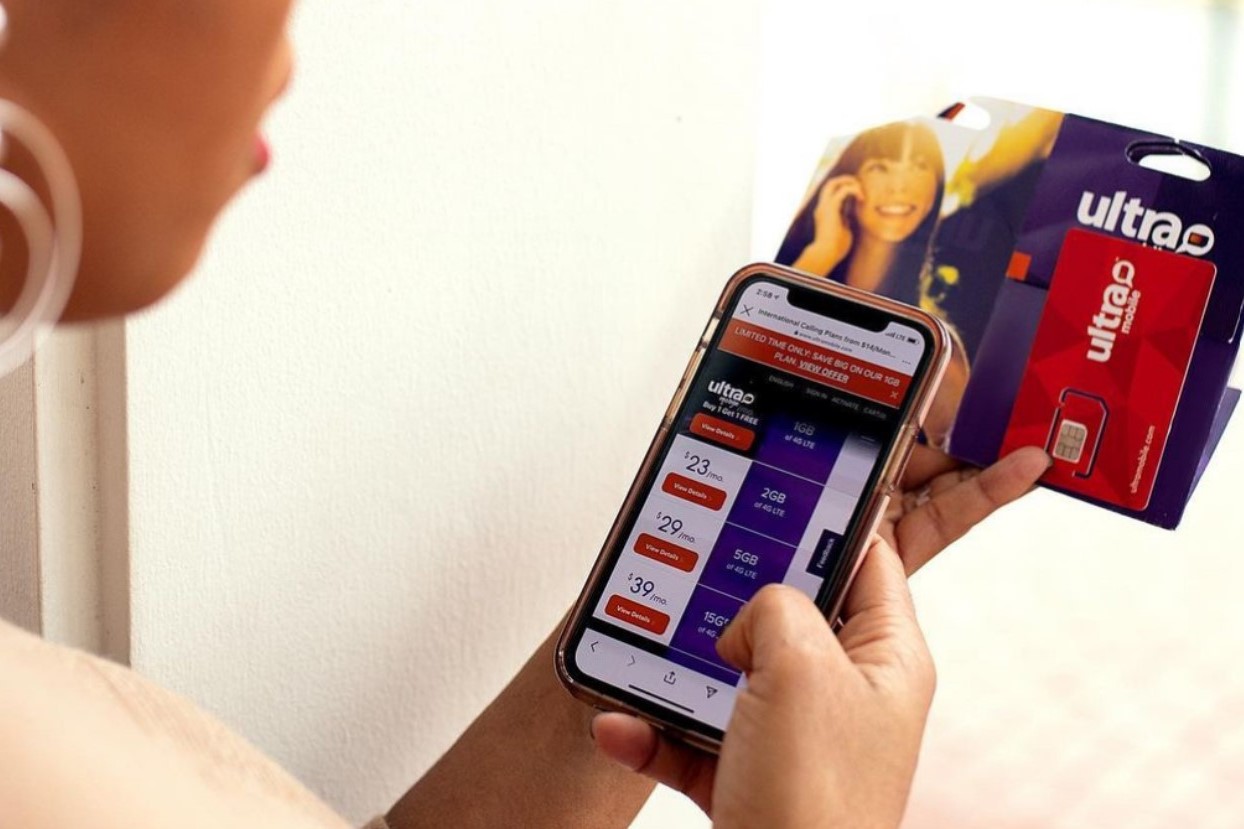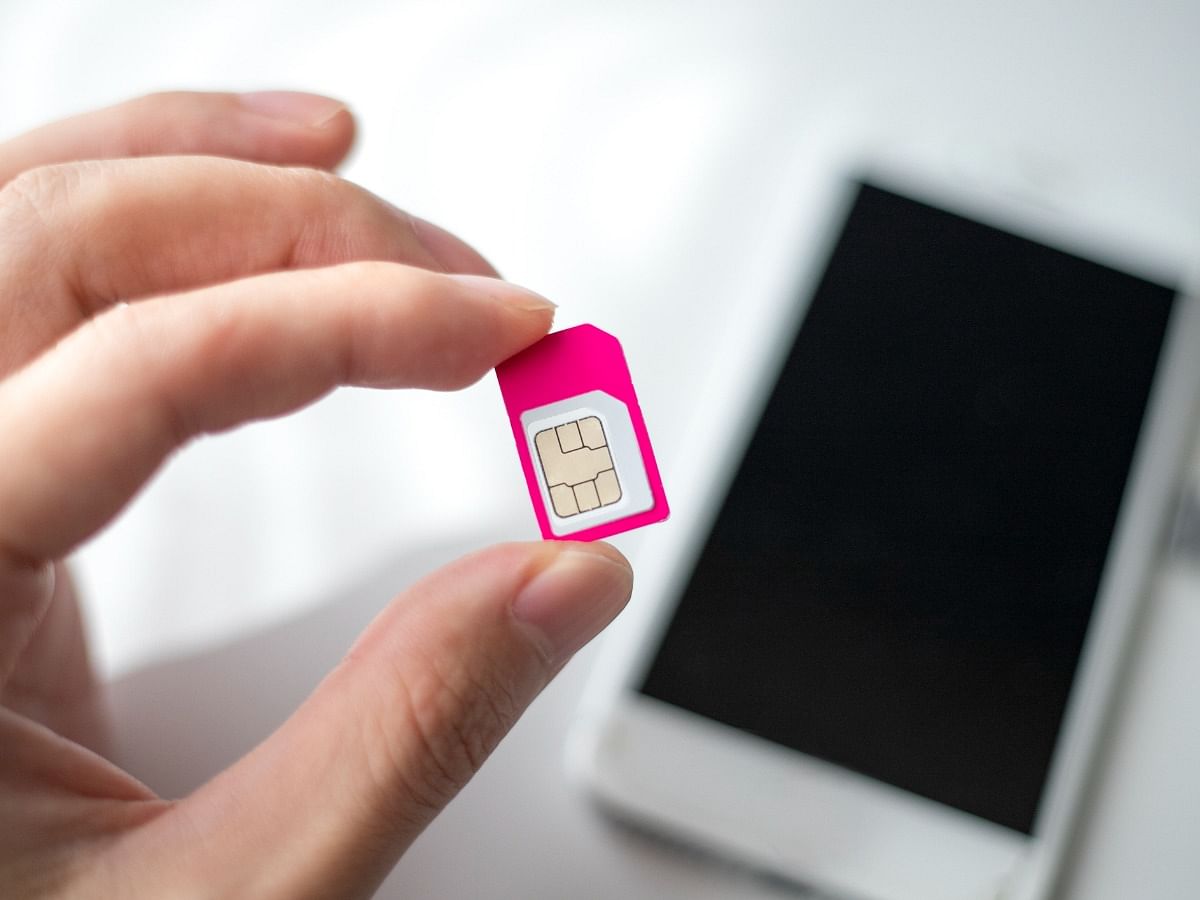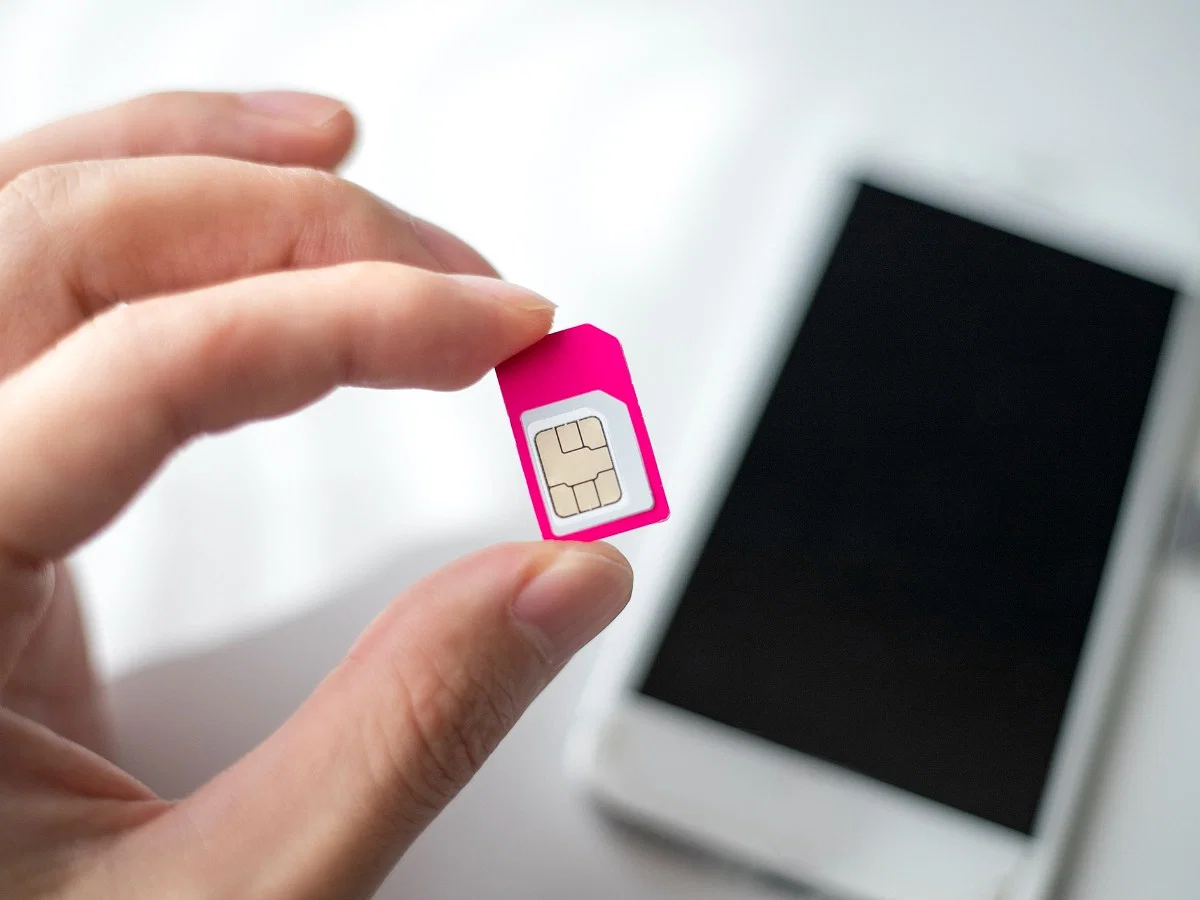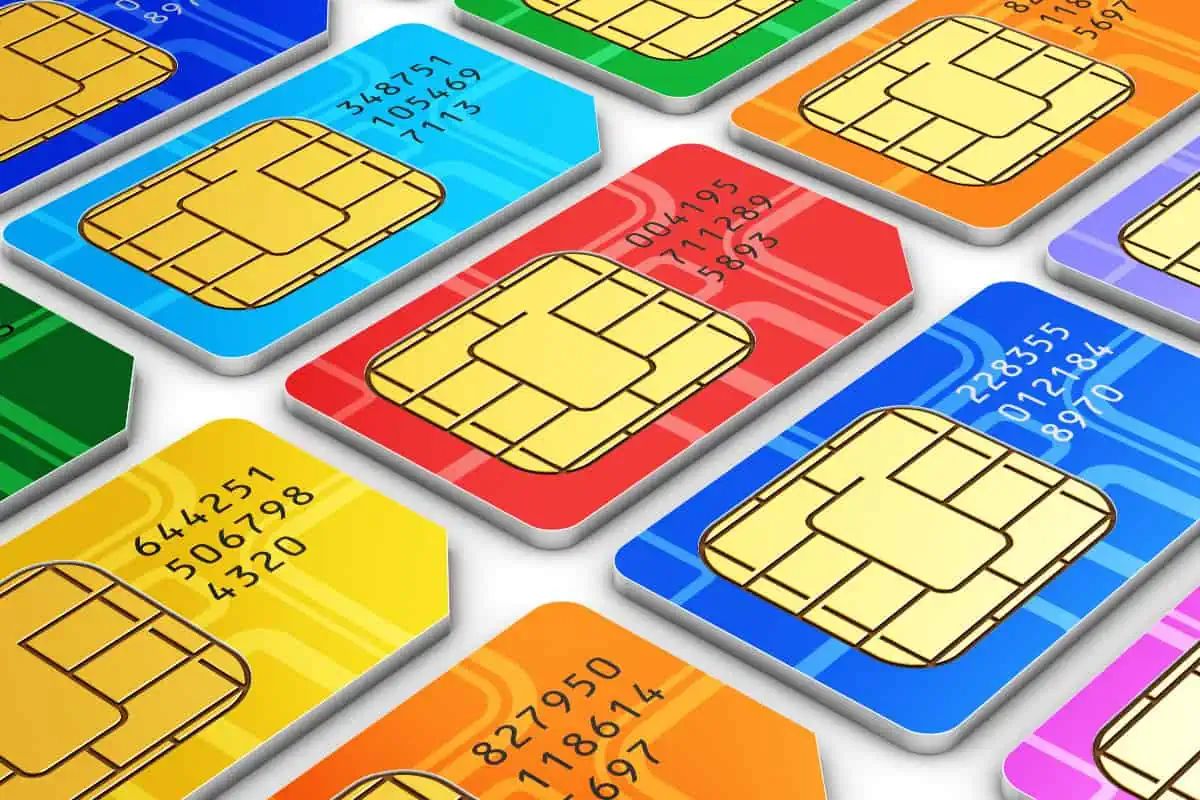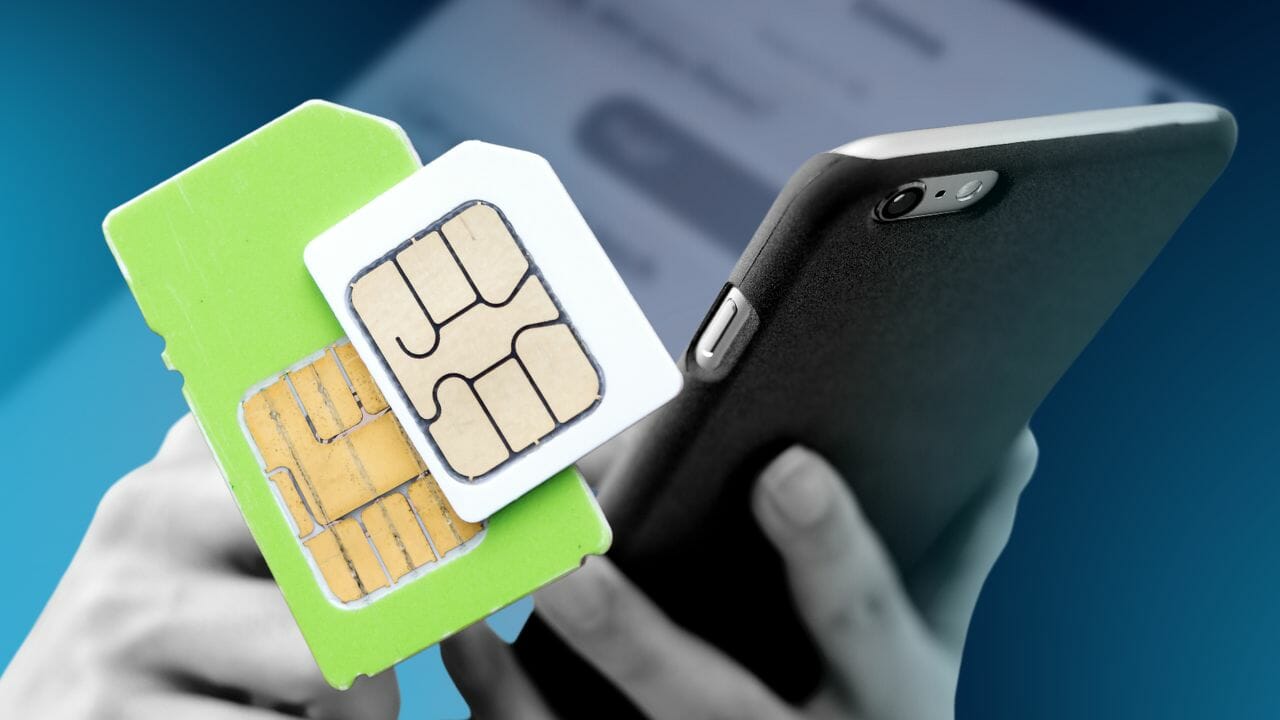Introduction
When you acquire a new mobile device or switch to a different carrier, one of the crucial steps is activating a SIM card. This process is essential for enabling your device to connect to the cellular network and access voice, text, and data services. Understanding the activation process and the factors influencing the timeframe for activation is vital for a seamless transition to your new device or service provider.
The activation of a SIM card involves a series of steps that ensure the proper configuration of your device to work with the chosen mobile network. While the process may seem straightforward, various factors can impact the time it takes for the activation to be completed. By delving into the specifics of SIM card activation, we can shed light on the typical timeframe and the variables that may influence the process.
The journey of activating a new SIM card is often a crucial aspect of the overall mobile device setup, and a comprehensive understanding of this process can help users navigate potential challenges and make informed decisions. Whether you are a new mobile user or an experienced one, having a clear grasp of the activation process can empower you to troubleshoot any issues that may arise and ensure a smooth transition to your new device or carrier.
What is a SIM Card?
A SIM card, or Subscriber Identity Module card, is a small, removable smart card that is inserted into a mobile device to authenticate the user and connect to a mobile network. It serves as the link between the device and the mobile network, allowing the user to make calls, send messages, and access mobile data services. The SIM card contains essential information, including the unique identifier for the user, known as the International Mobile Subscriber Identity (IMSI), and the authentication key that verifies the user's identity to the network.
SIM cards come in different sizes, including standard SIM, micro SIM, and nano SIM, to fit various devices. The standard SIM card, which was prevalent in older devices, has given way to the smaller micro SIM and the even smaller nano SIM, which are commonly used in modern smartphones and other mobile devices.
In addition to facilitating communication services, SIM cards also store contacts, messages, and other user data. They can be easily transferred between compatible devices, allowing users to maintain their mobile identity and access their information on different devices.
The SIM card plays a crucial role in ensuring the security and privacy of mobile communications. It encrypts the communication between the device and the network, protecting the user's data and preventing unauthorized access to the network. Furthermore, the SIM card enables the user to roam on different networks while retaining their mobile number and service profile, enhancing the flexibility and convenience of mobile communication.
Overall, the SIM card is an indispensable component of modern mobile devices, serving as the gateway to the mobile network and providing users with secure and personalized access to communication services. Understanding the significance of the SIM card is fundamental to comprehending the activation process and the role it plays in enabling seamless connectivity on mobile devices.
Activation Process
The activation process of a SIM card involves several essential steps to ensure that the card is properly configured and ready to connect to the mobile network. When you acquire a new SIM card, whether through a carrier or as part of a new mobile device, the activation process is initiated to enable the card to function with the chosen mobile network. Understanding the intricacies of this process is crucial for a smooth transition to your new device or service provider.
The activation process typically begins with the physical installation of the SIM card into the designated slot on the mobile device. Depending on the device model, the SIM card slot may be located on the side, back, or underneath the battery cover. Once the SIM card is inserted, the device is powered on, and the activation sequence is initiated.
Upon powering on the device, the SIM card communicates with the mobile network to establish a secure connection. The network recognizes the SIM card's unique identifier, the IMSI, and authenticates it using the authentication key stored on the card. This authentication process ensures that only authorized users can access the network and utilize mobile services.
After successful authentication, the mobile network configures the SIM card with the necessary settings to enable voice, text, and data services. This configuration includes assigning a phone number to the SIM card, activating the mobile data connection, and enabling the appropriate voice and messaging features based on the user's service plan. Once the SIM card is fully configured, the device is ready to make calls, send messages, and access the internet through the mobile network.
In some cases, the activation process may involve additional steps, such as registering the SIM card with the carrier's network and verifying the user's identity. These steps are designed to ensure compliance with regulatory requirements and to safeguard the security of the mobile network.
Overall, the activation process of a SIM card is a critical procedure that enables seamless connectivity and access to mobile services. By understanding the steps involved in this process, users can navigate the activation sequence with confidence and ensure that their devices are fully operational on their chosen mobile network.
Timeframe for Activation
The timeframe for the activation of a new SIM card can vary depending on several factors, and understanding the typical duration of this process is essential for managing expectations and planning the use of your new mobile device. In general, the activation of a SIM card can range from a few minutes to several hours, with some exceptional cases taking up to 24 hours to complete.
Upon inserting the SIM card into your device and powering it on, the activation process is initiated, and the device establishes communication with the mobile network. In many instances, the initial steps of authentication and network configuration occur swiftly, leading to a prompt activation of the SIM card. This rapid activation is particularly common when activating a new SIM card with a carrier that offers efficient and streamlined activation procedures.
However, it's important to note that certain factors can contribute to a prolonged activation timeframe. For instance, activating a SIM card in a location with limited network coverage or during peak network usage periods may result in delays in the activation process. Additionally, if the carrier's systems are experiencing high volumes of activation requests, the overall processing time for new SIM cards may be extended.
Another factor that can influence the activation timeframe is the complexity of the activation process itself. For instance, if additional verification steps or manual intervention are required to complete the activation, the process may take longer than usual. This can occur when activating a SIM card for a corporate or enterprise account, where additional security measures and user authentication protocols may be in place.
Furthermore, the type of mobile services being activated can impact the timeframe for activation. While basic voice and messaging services may be activated relatively quickly, enabling advanced features such as mobile data, international roaming, or specialized service bundles may require additional configuration and validation, leading to a longer activation timeframe.
In rare cases, technical issues or discrepancies in the activation process may prolong the timeframe for completing the activation of a SIM card. These issues can stem from compatibility issues between the device and the SIM card, network connectivity disruptions, or system errors within the carrier's activation infrastructure.
Overall, while the majority of SIM card activations are completed within a short timeframe, it's important to be aware of the potential factors that can influence the duration of the activation process. By understanding these variables, users can manage their expectations and proactively address any delays or issues that may arise during the activation of their new SIM card.
Factors Affecting Activation Time
Several factors can influence the time it takes to complete the activation of a new SIM card, impacting the overall duration of the process. Understanding these factors is crucial for managing expectations and addressing potential delays that may arise during the activation sequence.
-
Network Coverage and Signal Strength: The availability of strong network coverage in the location where the SIM card is being activated can significantly impact the activation time. Areas with limited network coverage or weak signal strength may experience delays in establishing communication with the mobile network, leading to a prolonged activation process.
-
Network Traffic and Peak Usage Periods: During periods of high network traffic, such as peak usage times or special events, the carrier's activation systems may experience increased volumes of activation requests. This surge in demand can lead to delays in processing new SIM card activations, especially when the carrier's resources are strained.
-
Complexity of Service Activation: The complexity of the services being activated on the SIM card can influence the overall activation time. Enabling advanced features such as mobile data, international roaming, or specialized service bundles may require additional configuration and validation, extending the activation process beyond the standard timeframe.
-
Verification and Security Checks: Certain activations, particularly for corporate or enterprise accounts, may involve additional verification steps and security checks to ensure compliance with the carrier's protocols. These additional measures, designed to safeguard the integrity of the network, can contribute to a longer activation timeframe.
-
Technical Compatibility and System Errors: Compatibility issues between the device and the SIM card, network connectivity disruptions, or system errors within the carrier's activation infrastructure can lead to technical hitches that prolong the activation process. Resolving these technical issues may require manual intervention and troubleshooting, impacting the overall activation time.
By considering these factors, users can gain insight into the variables that may influence the activation time of a new SIM card. Proactively addressing these factors and understanding their potential impact can help users navigate the activation process with awareness and preparedness, ensuring a smoother transition to their chosen mobile network.
Troubleshooting Activation Issues
Resolving activation issues with a new SIM card is essential for ensuring a seamless transition to the chosen mobile network. While the activation process is designed to be straightforward, occasional issues may arise that require troubleshooting to expedite the activation and enable full functionality of the device. Understanding common activation issues and the corresponding troubleshooting steps can empower users to address these challenges effectively.
One prevalent activation issue involves the SIM card not being recognized or detected by the device. In such cases, ensuring that the SIM card is inserted correctly and securely in the designated slot is the initial troubleshooting step. Additionally, restarting the device or reinserting the SIM card can help resolve potential connectivity issues and initiate the activation process anew.
Another common activation issue pertains to network connectivity problems during the activation sequence. Verifying that the device is within an area of strong network coverage and signal strength is crucial for addressing this issue. If network connectivity remains a concern, contacting the carrier's customer support for assistance and guidance on resolving network-related activation issues is recommended.
In some instances, delays in the activation process may occur due to technical hitches or system errors within the carrier's activation infrastructure. Users encountering prolonged activation times are advised to reach out to the carrier's support channels to seek assistance and status updates on the activation progress. Customer support representatives can provide insights into any ongoing technical issues and offer remedies to expedite the activation process.
For users activating SIM cards for corporate or enterprise accounts, additional verification and security checks may contribute to extended activation times. In such cases, liaising with the designated account administrator or corporate support team to ensure that all necessary verification steps are completed can facilitate the timely activation of the SIM card.
Furthermore, if the activation process encounters compatibility issues between the device and the SIM card, seeking guidance from the device manufacturer or the carrier's technical support team can aid in addressing these technical hurdles. Troubleshooting steps may involve verifying device compatibility, updating device software, or obtaining a replacement SIM card if necessary.
By proactively addressing these common activation issues and applying targeted troubleshooting steps, users can navigate the activation process with confidence and expedite the resolution of any challenges that may arise. Effective troubleshooting not only facilitates the timely activation of the SIM card but also ensures a smooth and uninterrupted transition to the new mobile network.
Conclusion
In conclusion, the activation of a new SIM card is a pivotal step in the setup of a mobile device, and understanding the intricacies of this process is essential for users transitioning to a new device or mobile service provider. The journey of activating a SIM card involves a series of steps, from the physical installation of the card to the establishment of a secure connection with the mobile network. While the majority of SIM card activations are completed within a short timeframe, various factors can influence the duration of the activation process, including network coverage, network traffic, service complexity, verification protocols, and technical compatibility issues.
By comprehending the typical timeframe for activation and the factors that can impact this duration, users can manage their expectations and proactively address potential delays or issues that may arise during the activation of their new SIM card. Troubleshooting common activation issues, such as network connectivity problems and technical hitches, empowers users to expedite the activation process and ensure the seamless functionality of their devices on the chosen mobile network.
Ultimately, a clear understanding of the activation process and the variables affecting activation time equips users with the knowledge and preparedness to navigate the activation sequence with confidence. Whether activating a SIM card for personal use or for a corporate account, being aware of the potential challenges and troubleshooting strategies enhances the overall experience of transitioning to a new mobile device or service provider.
As technology continues to evolve and mobile communication becomes increasingly integral to daily life, the activation of a SIM card remains a fundamental aspect of the mobile device setup. By staying informed and proactive, users can streamline the activation process, address any activation issues effectively, and embark on a seamless and uninterrupted mobile experience with their newly activated SIM card.







